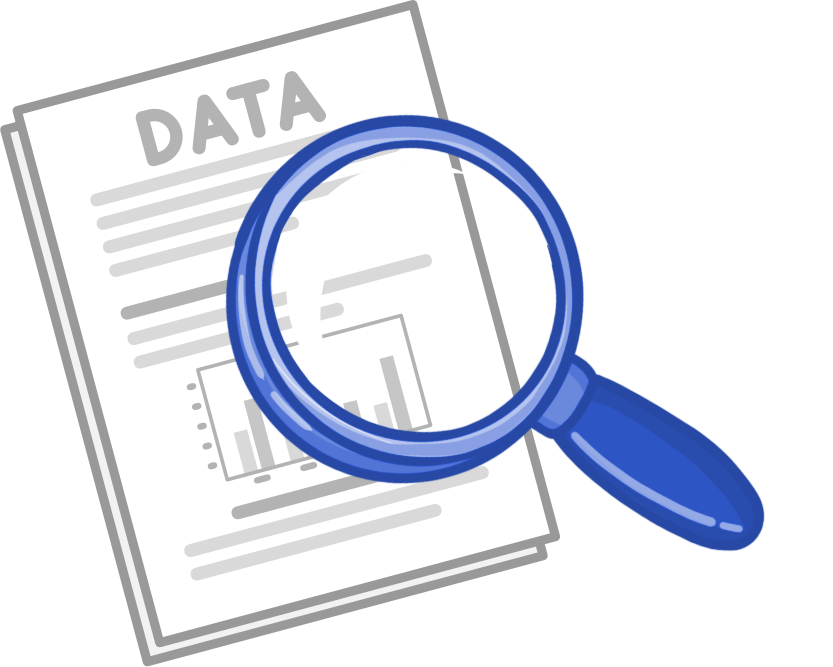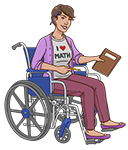
Where do public health data come from?

In module 4, students learn how public health experts collect, analyze, and interpret data for surveillance purposes and how these data can be essential for making decisions to control or reduce the spread of disease. Using surveillance data, students create graphs and area maps to identify patterns and to draw conclusions about disease spread. Students also learn about what it takes to pursue a public health career as a biostatistician.
This video introduces students to the concepts they will be exploring in CDC NERD Academy Module 4: Where do public health data come from? This video teaches students what disease surveillance means and how surveillance systems help public health experts determine if there is a problem. Students learn about different types of disease surveillance, how data is gathered through each method, and who analyzes the data. After this video, students will be able to answer the question, “Where do public health data come from?” and they will be ready to participate in an activity and group discussion about public health surveillance.
This instructional video guides educators through the activities of Module 4: Where do public health data come from? The video provides a brief explanation of what students will learn about in this Module, including how public health experts conduct disease surveillance, collect and analyze public health data, create case definitions, and display their data findings. The video tells educators how to organize their classroom, group students, and prepare handouts for student participation in the learning activity. The video guides educators through the steps of the learning activity in which students use fictional surveillance data to create graphs and maps, identify patterns, and draw conclusions about the spread of the fictional disease. This video provides suggested timing for the activity, guidance for encouraging class participation and discussion, and tips for success.
A biostatistician looks at data collection methods and analyzes data to help answer health-related questions, using graphs and tables designed to make the data easier to understand. They also discuss limitations of analyses to prevent misconceptions about the data.
- Watch the videos below to bring a real CDC biostatistician into your classroom. Share the links with students and encourage them to watch with family and share with friends.
- Download the poster below and display it in the classroom for reference and discussion when you talk about a career as a biostatistician.
Hear from Simone, a real CDC biostatistician, as she describes what she does, what she studied in school, and the skills she uses in her daily work.
Hear from Simone, a real CDC biostatistician, as she describes her career path and how she works with other STEM professionals to help people stay healthy.
To learn about the other careers featured in NERD Academy, visit the collection of public health career spotlights.
To learn more about public health STEM careers at CDC, encourage students to visit See Yourself in a Public Health Career.
